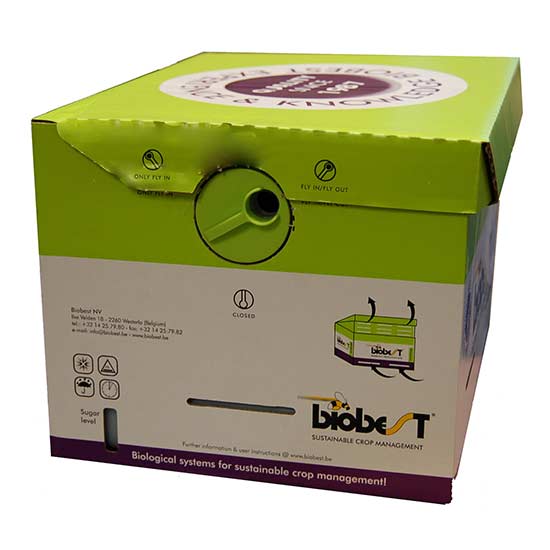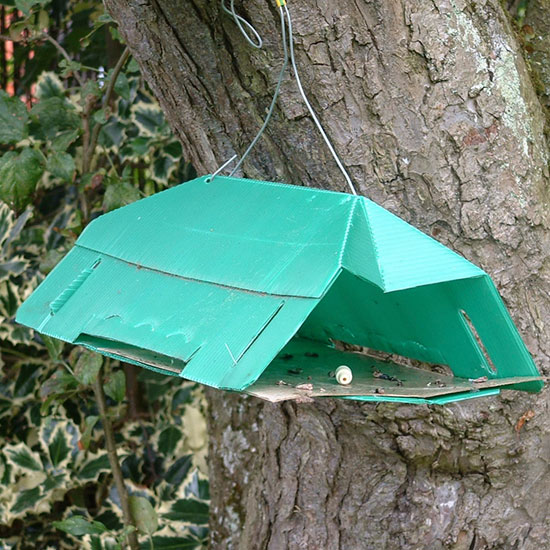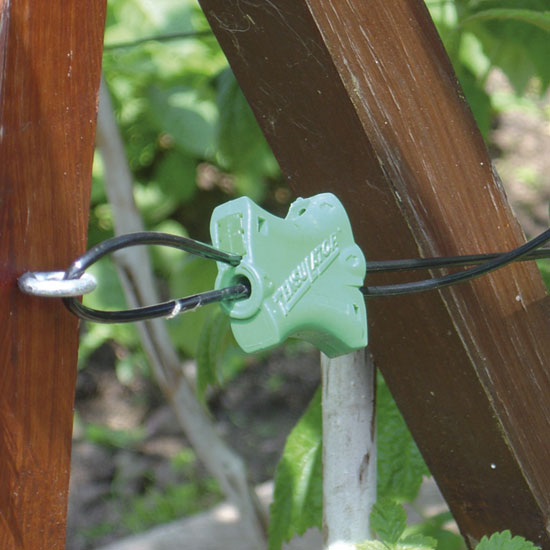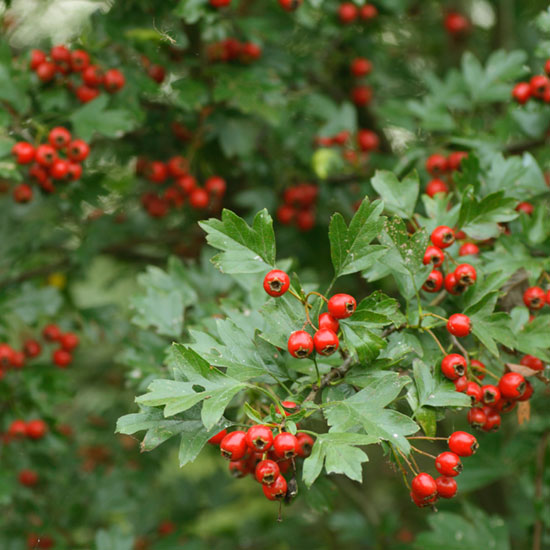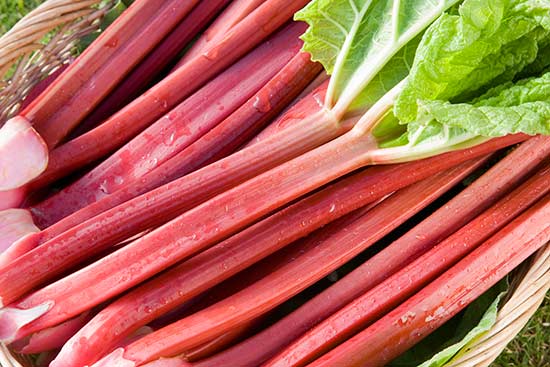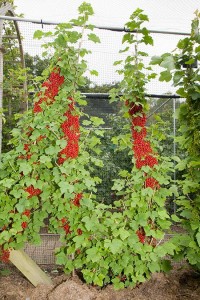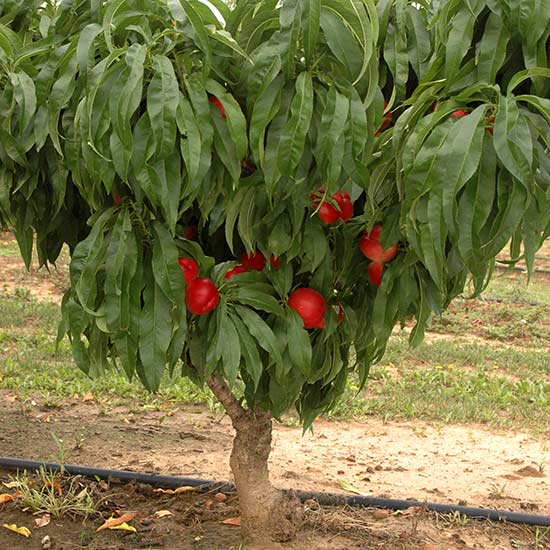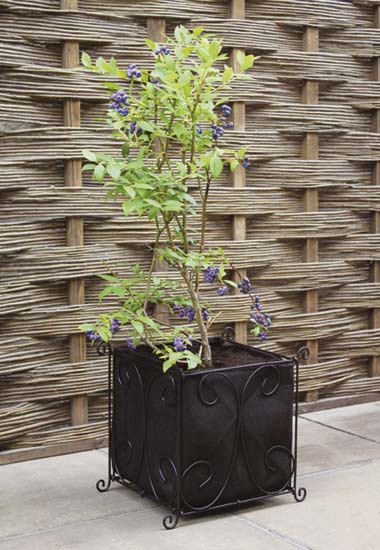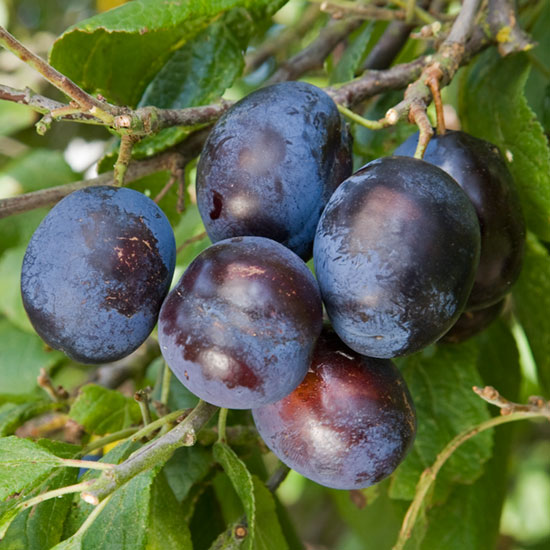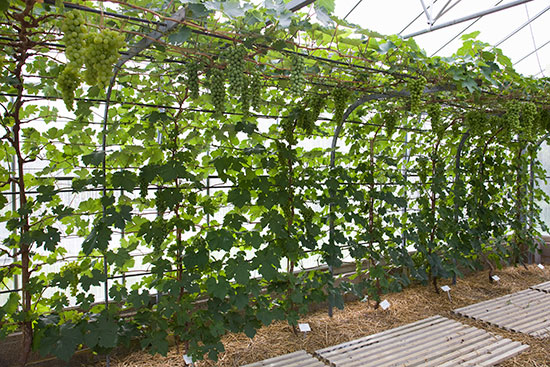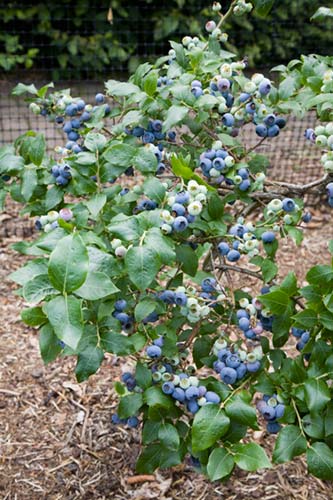Pollination of Fruit Trees
The flowers of the ‘top’ fruit trees that we grow in the UK – apples, pears, cherries, plums, peaches and nectarines – have both male and female parts and for a fruit to be created these female parts must receive pollen from the male parts of another flower – usually from another tree. In the majority of cases this means that you cannot grow a single top fruit tree by itself – unless you happen to have another close by in a neighbour’s garden. Continue reading

